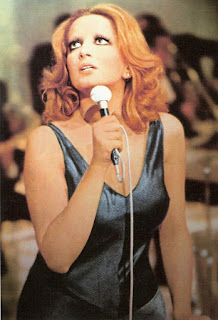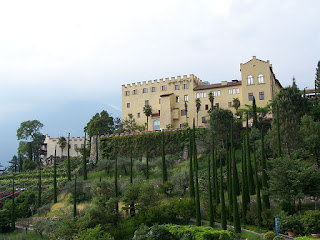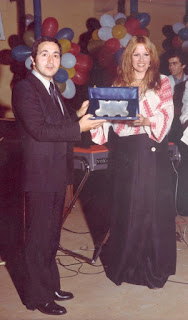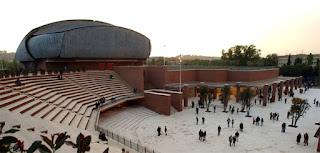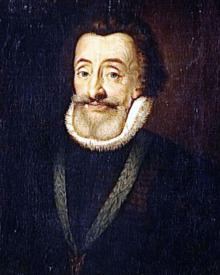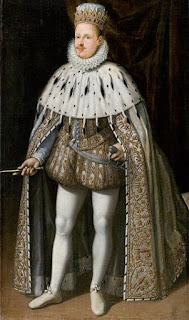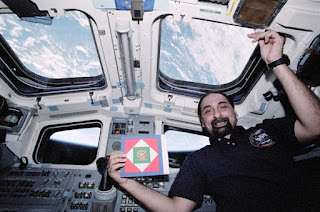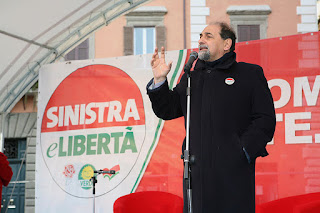Talented Neapolitan who lived in shadow of his brother
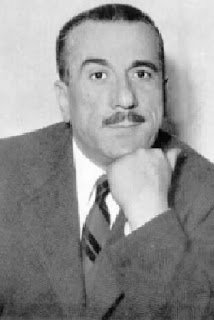 |
| Peppino de Filippo enjoyed a successful career on stage and screen |
A highly accomplished performer on stage in serious as well as comedy roles, De Filippo also had a list of film credits numbering almost 100, of which he is best remembered for his screen partnership with the brilliant comic actor Totò.
To an extent, however, he spent his career in the shadow of his older brother, Eduardo De Filippo, who after Luigi Pirandello was regarded as the second great Italian playwright of the 20th century.
The two fell out in the 1940s for reasons that were never made clear, although it later emerged that they had many artistic differences.
They were never reconciled, and though Peppino went on to enjoy a successful career and was widely acclaimed it annoyed him that he was always seen as a minor playwright compared with his brother.
When Peppino published an autobiography in 1977, three years before he died, he called it Una famiglia difficile - A Difficult Family. In the book he described his relationship with his sister, Titina, as one of warmth and affection, but portrays Eduardo as something of a tyrant.
 |
| Peppini, second from the right, with his father, mother, brother and sister in about 1910 |
Yet he spent the first five years of his life being cared for by a nanny in Caivano, a small town about 14km (9 miles) northeast of Naples, and returned to his family somewhat reluctantly.
He made his stage debut at the age of six in a play written by his father, learned to play the piano and worked in various theatre companies as he grew up, meeting Totò for the first time in 1920 at the Teatro Nuovo in Naples, in the Spanish Quarter.
Married in 1929 to Adela Carloni, he became a father the following year and soon afterwards joined his brother, Eduardo, and Titina in forming the Compagnia Teatro Umoristico: i De Filippo - the De Filippos’ Humorous Theatre Company.
They were very successful, touring Italy, presenting new comedies to full theatres and enthusiastic reviews.
However, in 1944, after a number of clashes with Eduardo - one story was that Eduardo disapproved of his brother’s relationship with another woman, Lidia Maresca, who later became his second wife - Peppino left the company.
 |
| Peppino de Filippo, right, with Totò, centre, in a scene from their 1956 movie, La Banda degli Onesti |
On the other hand, he became a highly respected actor known for his versatility. His performances in Harold Pinter’s play The Caretaker and in Molière’s The Miser attracted glowing reviews.
Nonetheless, Peppino’s career tends to be defined by the high profile he achieved in film and on television.
His films with Totò, of which there were 16, though snubbed by the critics, were hugely successful, so much so that the popularity of De Filippo in his own right meant that several movies in which the pair collaborated, such as Totò, Peppino e la malafemmina and Totò, Peppino e le fanatiche, had his name in the title as well as that of his more famous co-star.
He worked with Federico Fellini - in Boccaccio '70, for example - and with Alberto Lattuada and also invented Pappagone, a character for a TV show, who represented a servant employed by himself, a typical character in Neapolitan theatre, whose phrases and jargon became popular sayings.
He married three times in total but had only child, his son Luigi, who maintained the family tradition by becoming an actor, director and playwright, producing and performing in many works by his father and uncle.
De Filippo died in Rome in 1980 and was buried at the Campo Verano cemetery.
 |
| The Naples waterfront to the west of the city centre - Chiaia is the area behind the trees of Villa Comunale |
Chiaia, where Peppino De Filippo was born, is a neighbourhood bordering the seafront in Naples, roughly between Piazza Vittoria and Mergellina. It has become one of the most affluent districts in the city, with many of the top fashion designers having stores on the main streets. It is the home of a large public park known as the Villa Comunale, flanked by the large palazzi along the Riviera di Chiaia on one side, and the sweeping promenade of the Via Francesco Caracciolo on the other.
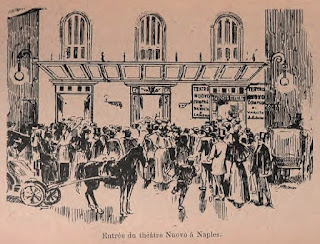 |
| An artist's sketch of the Teatro Nuovo in around 1900 |
The Teatro Nuovo, where Peppino first met Toto, is located on Via Montecalvario in the Quartieri Spagnoli - Spanish quarter - of Naples, off the Via Toledo, a few steps from Piazza del Plebiscito. The original theatre was an opera house designed by Domenico Antonio Vaccaro completed in 1724. It specialised in the opera buffa genre and saw the world premieres of hundreds of operas in its heyday, including 15 by Cimarosa and seven by Donizetti. The theatre has twice been destroyed by fire, in 1861 and again in 1935.
More reading:
How Eduardo De Filippo captured the spirit of Naples
The brilliance of Luigi Pirandello
The versatility of Alberto Lattuada
Also on this day:
1540: The death of the artist Parmigianino
1902: The birth of Mafia boss Carlo Gambino
Home

